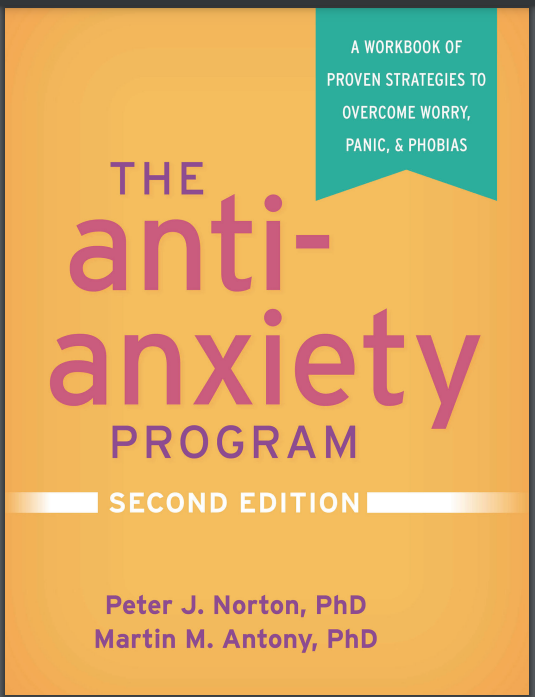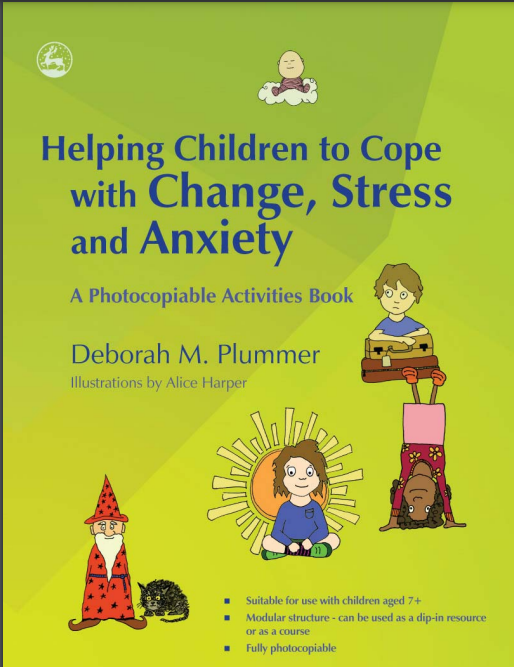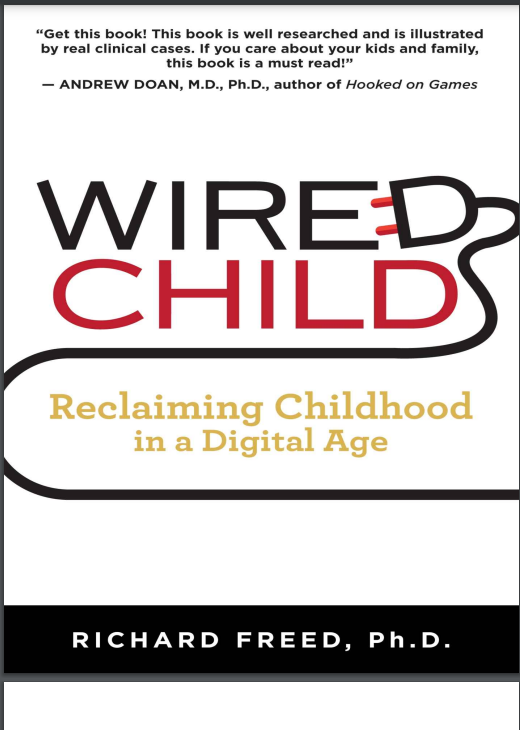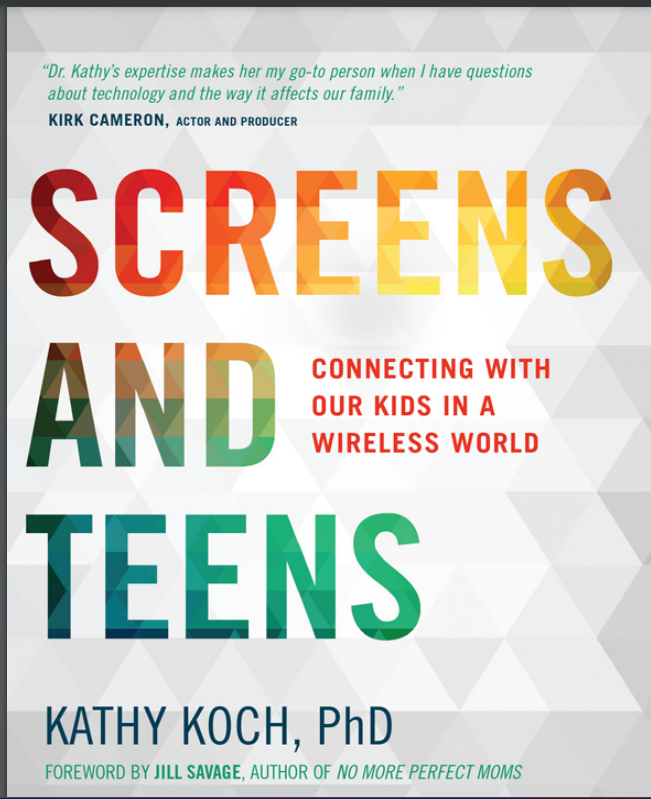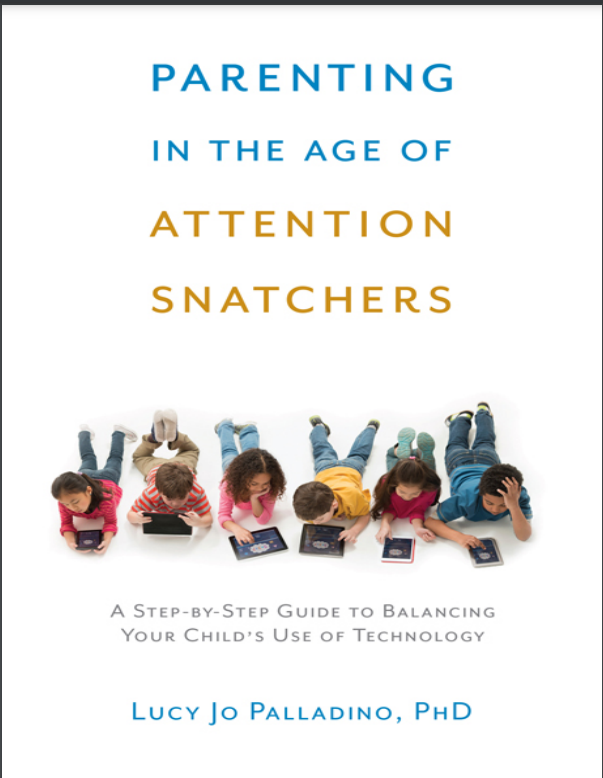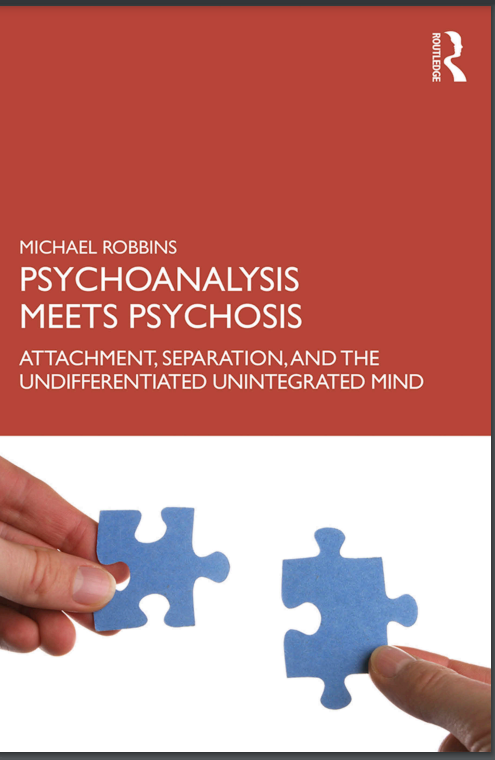

Auditory Neuroscience
Reviews
No review yet. Be the first to review this book!
Description
Auditory Neuroscience: Making Sense of Sound by Jan Schnupp, Israel Nelken, and Andrew J. King is a comprehensive and accessible introduction to the complex world of how the brain processes sound. This book bridges the gap between neuroscience and auditory perception, offering both scientific rigor and clarity for readers interested in understanding how we make sense of the auditory world. The authors begin by laying the groundwork in basic auditory anatomy and physiology, explaining how sound waves are transformed into neural signals by the ear, specifically focusing on the cochlea and its role in breaking down complex sounds into simpler components. From there, they move into the neural pathways that transmit these signals to the brainstem, midbrain, thalamus, and eventually the auditory cortex. One of the central themes of the book is how the brain extracts meaning from sound, which is not just a passive process but involves active interpretation, shaped by both evolution and experience. The authors explore how we perceive pitch, loudness, timbre, and spatial location, and how these perceptions allow us to distinguish between different sound sources in complex environments—a challenge often referred to as the “cocktail party problem.” The book also delves into the plasticity of the auditory system, explaining how learning and experience can reshape the brain’s responses to sound. This has implications for understanding language acquisition, music perception, and rehabilitation after hearing loss, as well as for developing auditory prosthetics like cochlear implants. Another key topic is the role of attention in auditory processing—how the brain decides which sounds to focus on and which to ignore. The authors tie in research from cognitive neuroscience and psychophysics, offering insights into how perception, memory, and expectation influence the way we hear. Throughout the book, Schnupp, Nelken, and King make the case that hearing is an active process, tightly integrated with behavior and cognition. They also highlight the evolutionary significance of hearing in both humans and animals, showing how auditory systems have adapted to different ecological niches. Auditory Neuroscience: Making Sense of Sound is not just a textbook on hearing; it’s an engaging narrative that explains how our brains decode, interpret, and make sense of the acoustic world. It combines cutting-edge neuroscience with practical examples, making it essential reading for students of neuroscience, psychology, audiology, and anyone interested in the science of sound and hearing.



 May 03, 2025
May 03, 2025


 May 03, 2025
May 03, 2025







 May 03, 2025
May 03, 2025

 May 03, 2025
May 03, 2025




.jpg)





.jpg)







.jpg)


.jpg)





.jpg)





.jpg)
.jpeg)





.jpeg)
.jpeg)







.jpeg)

.jpg)





.jpeg)







.png)



.jpg)
























